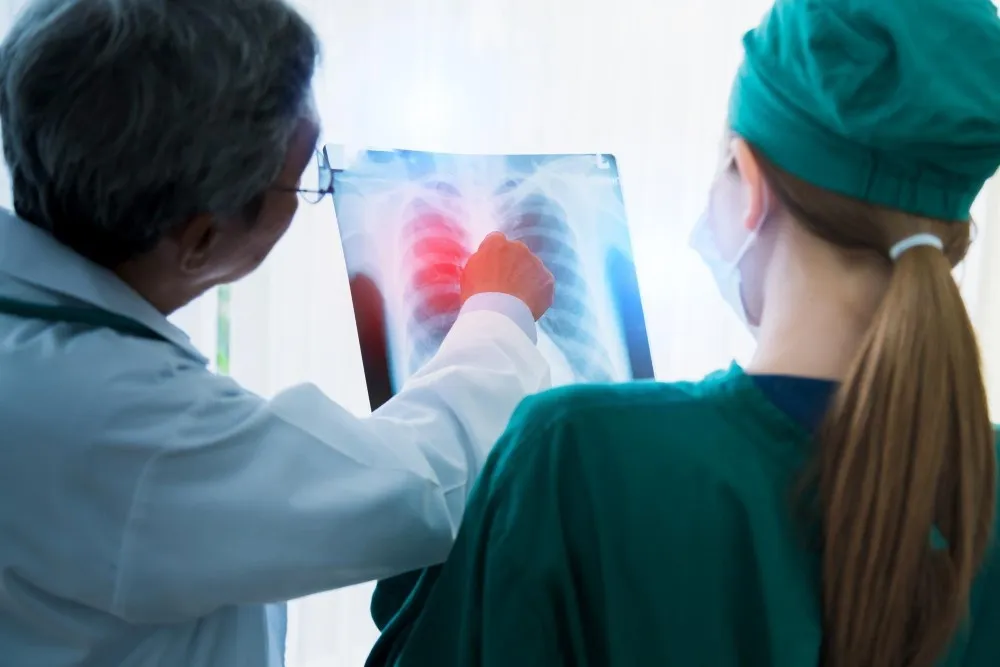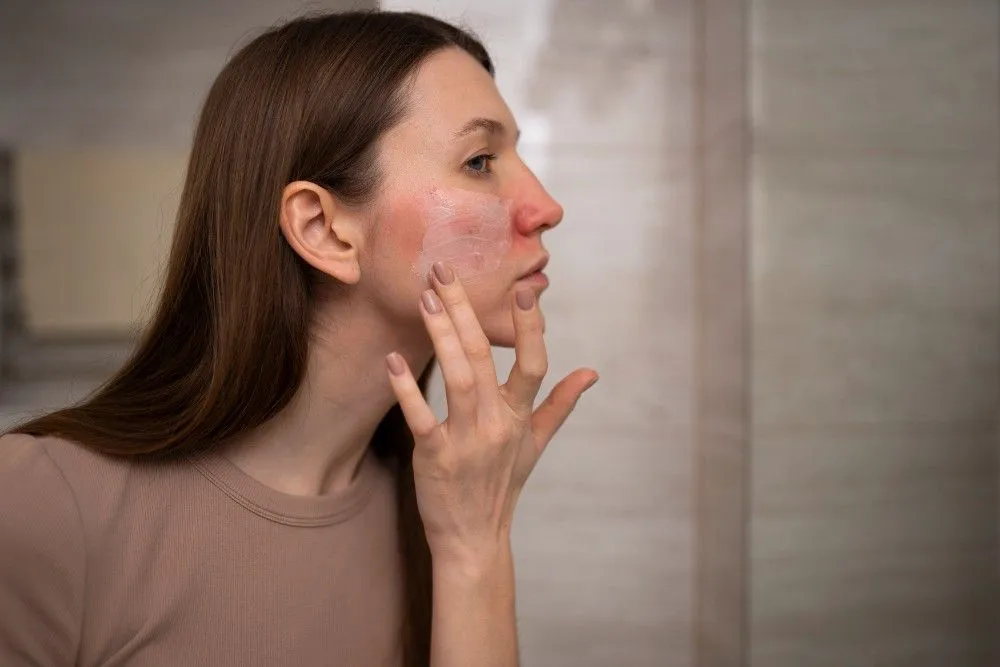Skin Cancer is the most common type of cancer where there is an abnormal growth of cells. If found early and treated, it is almost always cured. There are two main types of skin cancers - Melanoma and Non Melanoma cancer.
Non Melanoma skin cancer is generally caused by too much exposure to the sun's ultraviolet (UV) rays, and sometimes by excessive usage of tanning beds or sunlamps. It usually appears as a certain change in the skin, which can be a growth, a sore that does not heal, an irritation, or even a change in a mole already on one's skin. This cancer is capable of causing extensive damage and early detection is more likely to be effective. It's often treated by removing the cancer via surgery, with other treatments including radiation, medicines applied on the skin and photodynamic therapy (PDT).
This type of cancer is further divided into two groups -
Basal cell carcinoma- This is a non-melanoma cancer, and it damages the deeper tissues of the skin like the muscles and bones. It generally does not spread to other parts of the body.
Squamous cell carcinoma- This type of cancer is lesser common. Generally speaking, it develops from a small spot on the skin, which grows from sun damage, and may sometimes spreads to other parts of the body.
Melanoma is a cancer that begins in the melanocyte cells, which are in charge of producing the skin colouring (or pigment which is known as Melanin). Melanin helps in protecting the deeper layers of the skin from the harmful effects of the UV rays of the sun. When found in its very early stages, Melanoma is almost always curable.
Even though this cancer accounts for a small percentage of skin cancer, it's a lot more aggressive than other skin cancers, being responsible for the maximum number of skin cancer deaths. And although it majorly affects the skin, it can also affect the mouth, genitals, eyes or even anal area.
What are the risk factors?
Risk factors for both non-melanoma and melanoma skin cancers include the following:
- Excessive exposure to ultraviolet (UV) radiation of the sun (it can also be from tanning booths and lamps)
- Pale skin which can easily be sunburned or does not tan much or at all
- Exposure to coal tar, creosote or arsenic compounds and radium
- A family history of skin cancer
- Unusual moles on the skin
- Severe sunburns in the past
What are the signs and symptoms?
If detected early, skin cancer can almost always be eradicated. Its symptoms include -
- Changes on your skin, more so in the sizes or colour of moles, or the growth of new moles
- Oozing liquid, bleeding, or changes in the way a mole or nodule looks
- A sore which does not heal
- The spreading of pigmentation beyond its border e.g. dark colouring that spreads beyond the edge of a mole
- A change in the sensation of a mole, like tenderness, itchiness or pain

Reviewed by







